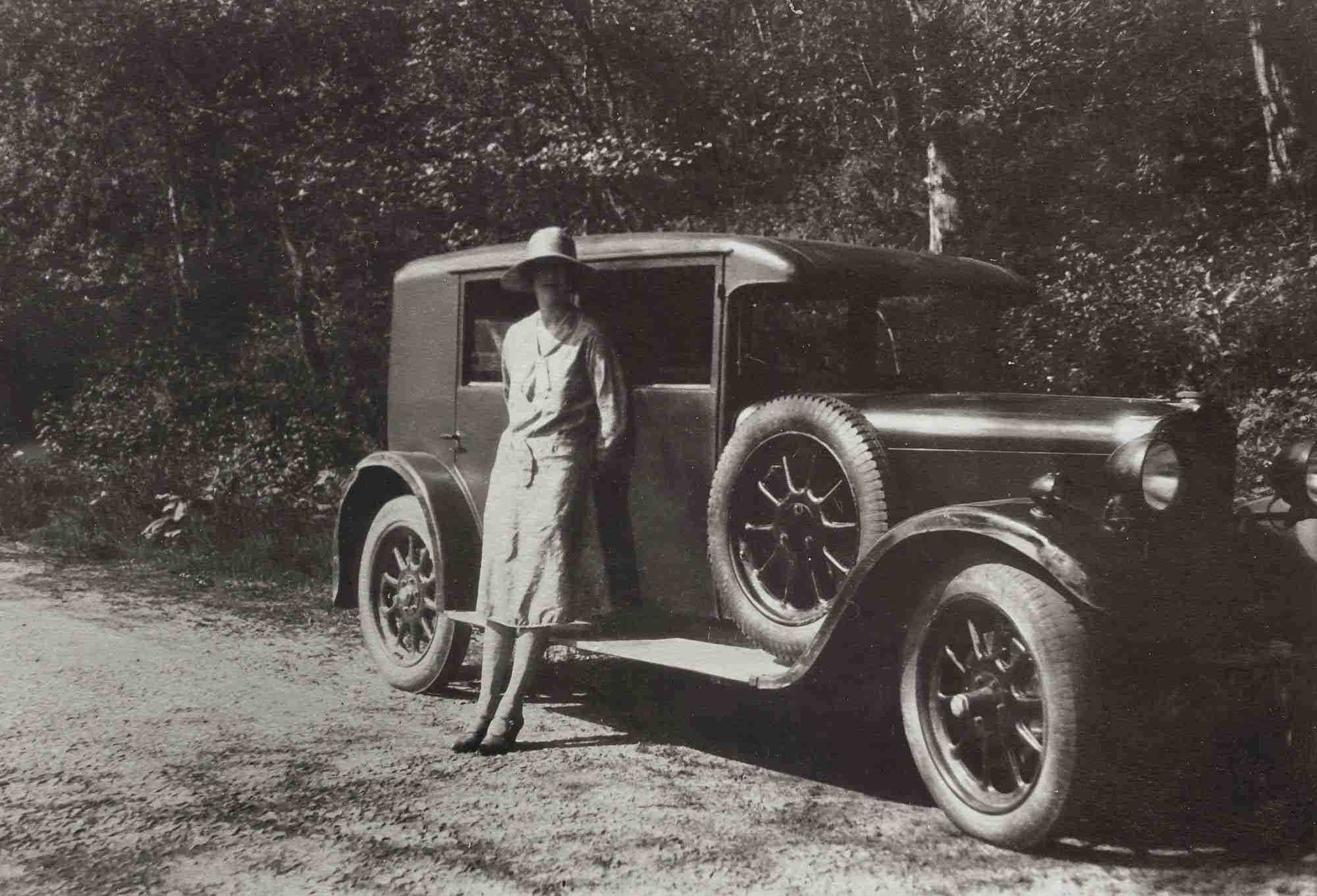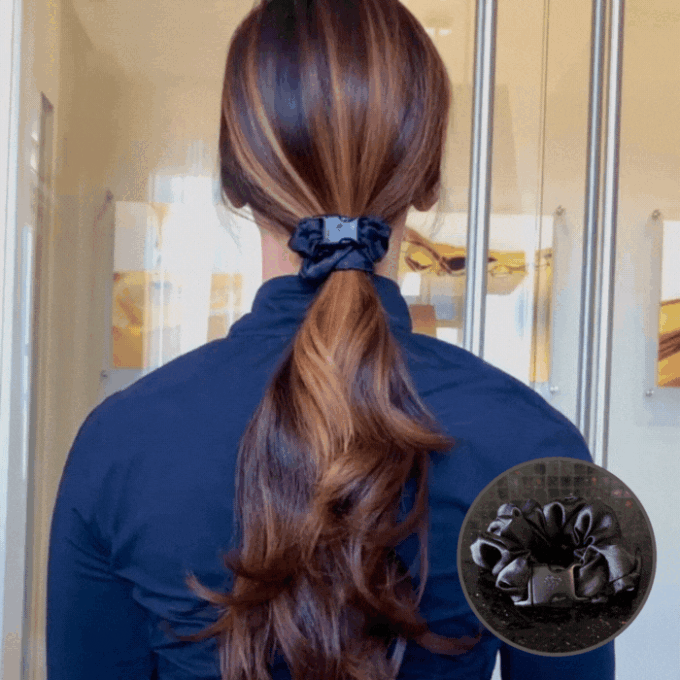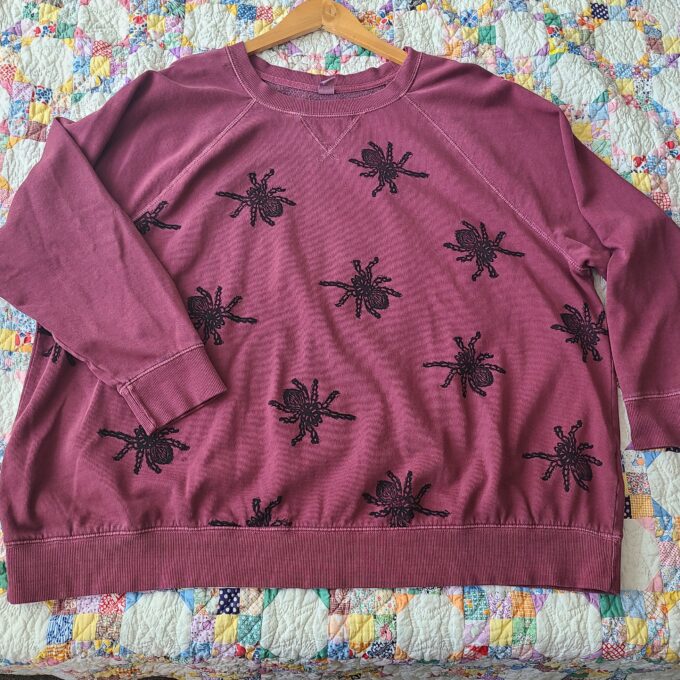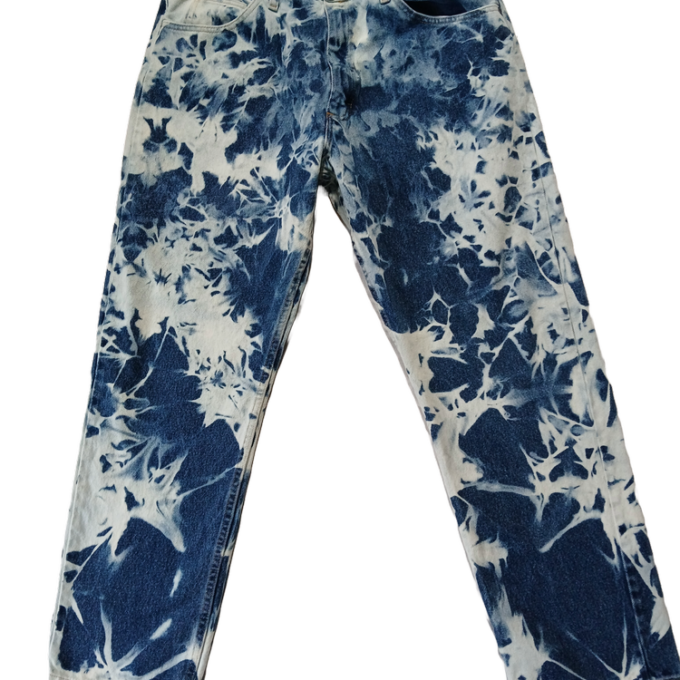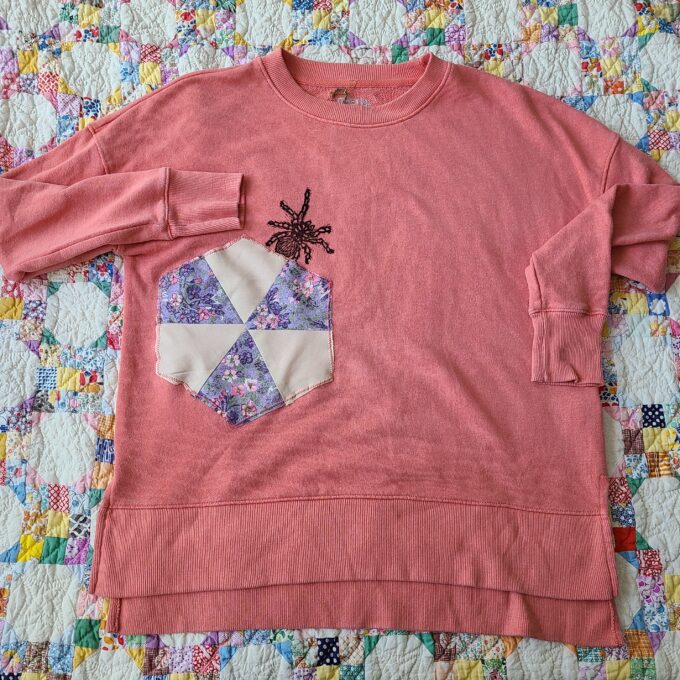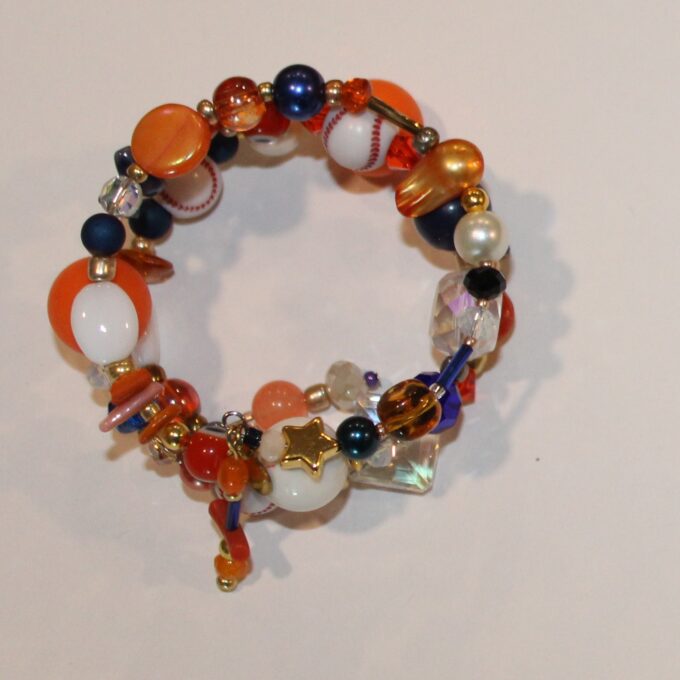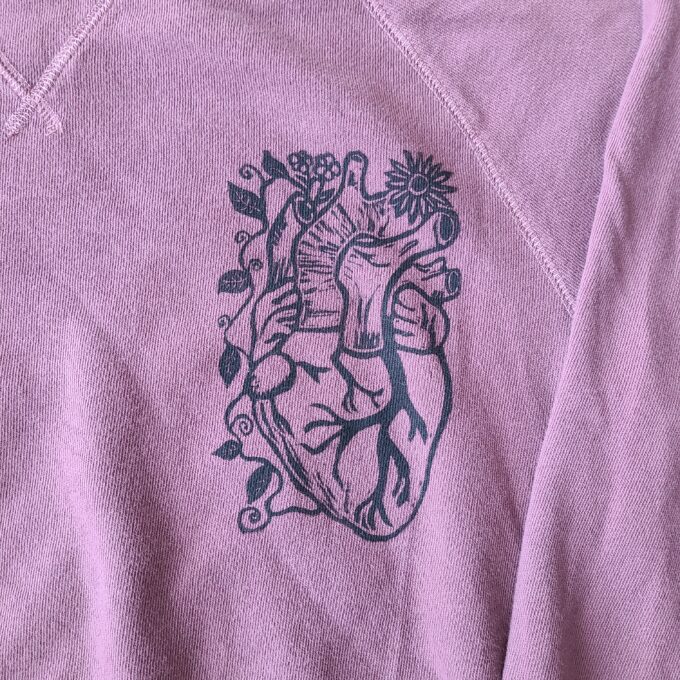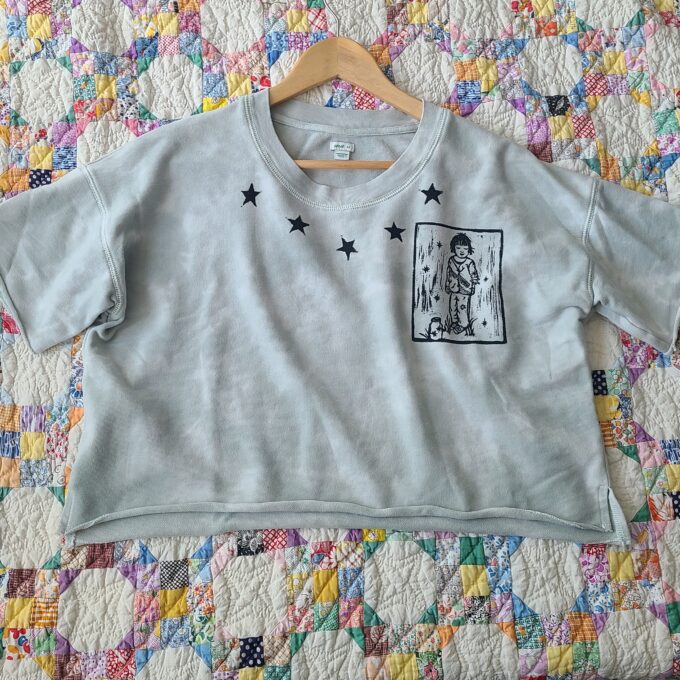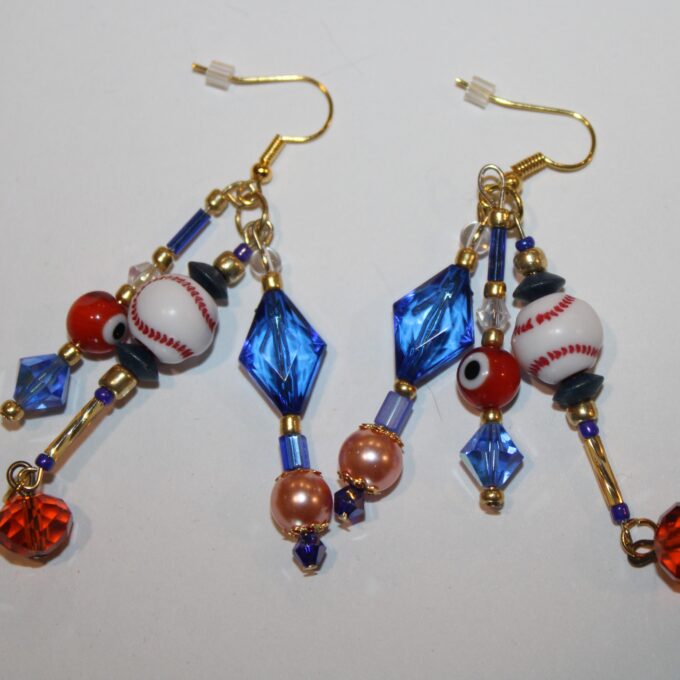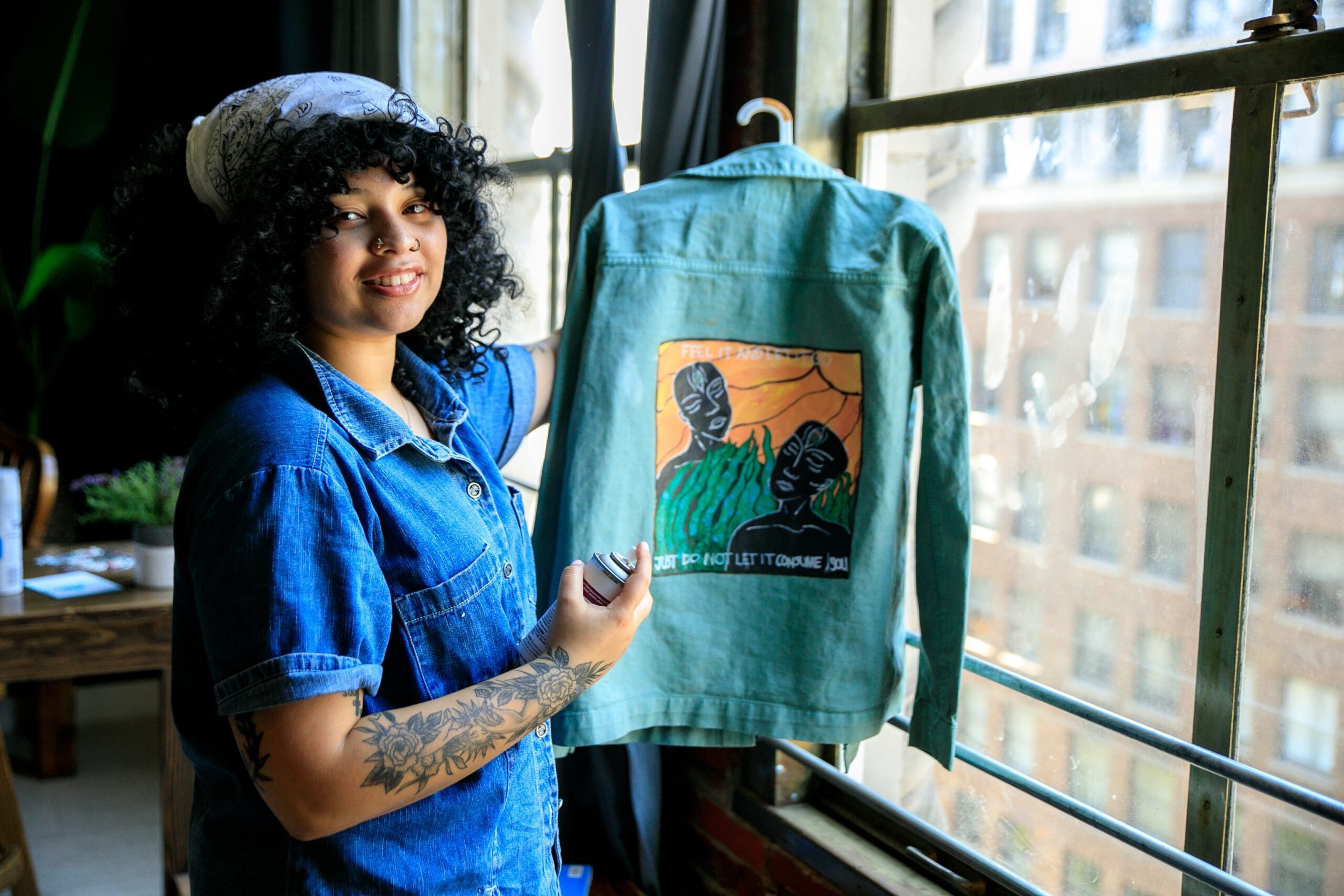Reworked clothing, also known as upcycled or repurposed clothing, is a style of fashion that incorporates previously used materials to create new clothes. As the demand for fast and cheap fashion continues to grow, so does the trend in reworked clothing. In fact, this unique style has been around for centuries.
With renewed interest in sustainability and the rise of digital marketplaces like Etsy, DIYers have once again embraced reworked clothes as a way to reuse old clothes and reduce waste. From mending torn hems to turning thrift store finds into new trends, here’s everything you need to know about the history of reworked clothing.
Who wore reworked clothing first?
There is no concrete evidence of who wore reworked clothes first, but one thing we do know is that people have been reusing materials for clothing for centuries. The idea of reusing or repurposing has been around for over 30,000 years.
Pre-industrial cultures like the Celts, Mayans, and Native Americans often reworked clothing and fabrics due to limited access to production materials. For example, the Celts would remove the fringe from one garment and attach it to another to create a new look. Rarely did a single garment last an entire lifetime, so people would rework clothing from a variety of sources.
During the Industrial Revolution, many garments were made of cotton or linen that needed to be reworked due to the stiff and heavy nature of fabric. Not only did reworking clothing make it more comfortable, but it also allowed for longer wear.
Why did people start wearing reworked clothing?
The primary reason people started wearing reworked clothing was increased demand for clothing and the inability to keep up with production.
In the late 1700s and early 1800s, Great Britain experienced an economic boom that required both men and women to work to survive. Unfortunately, this created a demand for more clothing as people were moving from the fields to factories and needed new garments. Additionally, factories were unable to keep up with the demand for clothing, which meant garments needed to be longer and looser.
Fabrics like cotton and linen, which are stiff and heavy, were commonly used to make garments in the Industrial Revolution. To make clothing more comfortable and easier to work in, people started reworking those garments by hemming trousers, cutting and sewing fabrics, and repairing holes. Over time, people realized they could create entirely new garments by reworking old ones.
How was clothing reworked in the past?
There are countless ways to rework old clothing today, but there are also many ways people reworked clothing in the past. Here are just a few examples of how garments were reworked in the past:
- Extending the hem on pants or a dress – The Industrial Revolution created longer, looser garments that were difficult to walk in. To make them easier to move in, people would either fold or cut the bottom and sew it back together.
- Extending sleeves or adding buttons – Long sleeves were difficult to work in, so people would cut and reattach the sleeves to make them shorter. They also added buttons to turn the sleeve into a wristband.
- Replacing buttons – Buttons were expensive, so people reworked clothes by replacing broken buttons with coins or thread.
- Replacing hems with fringe – Mayans and Celts would remove the fringe from one garment and sew it to another to create a new look.
- Cutting and sewing fabrics – Fabric was expensive, so people would rework fabrics by cutting them in half and sewing them together to create longer pieces.
Where is reworked clothing popular today?
While reworked clothes were once a necessity, they are now a popular style that people choose to wear. The reworked clothing trend is most popular in the United States but also has a following in Europe, Australia, and New Zealand. While many people choose to rework garments as a way to save money, others do it as a way to create unique and sustainable fashion.
There are many ways to rework old garments, but here are just a few examples:
- Sewing the hem – The most common way to rework clothing is to hem the bottom. Whether you’ve shortened a pair of pants or are sewing a new hem to make a dress longer, sewing the hem is a quick and easy way to save a garment.
- Darning the heel – A common style of reworking socks is darning the heel, which is a fancy name for replacing the heels with new yarn. This is a great way to extend the life of an old pair of socks or replace a pair that has a hole.
- Patching the knees – If you have an old pair of jeans with holes in the knees, you can patch them to extend their life. First, wash the jeans with cold water and mild detergent. Then, using an old pair of jeans as a guide, cut out a patch and sew it onto the jeans with a needle and thread.
- Cutting and sewing fabrics – Fabric is often the most expensive part of sewing garments, but reworking fabrics is a great way to save money. You can cut and sew fabrics together to create longer pieces or use them to repair holes in clothes.
How to find and make your own reworked clothes
Before you start reworking garments, you’ll need to do some research and ensure you have the right materials. Luckily, many of the materials you’ll need are already in your closet.
- Buttons – The easiest way to find buttons is to visit your local thrift store. They are often priced under a dollar and come in a variety of sizes, shapes, and colors. Another option is to use coins, which are easy to find and often come in a variety of colors.
- Fabric – Fabric is a necessary part of reworking garments. You can use it to repair tears or cut and sew it together to create unique garments. The best way to find fabric is to visit the fabric section at your local thrift store.
- Patches – If you need to repair a hole in your garment, you can easily make a patch using fabric. Simply cut a piece of fabric that is slightly bigger than the hole and sew it onto the garment using a sewing machine.
- Zippers – Zippers are essential for reworking garments, especially as fashion trends change. You can find both new and vintage zippers at thrift stores, but make sure you consider the length since they are often shorter.
- Fringe – If you want to add a little edge to an outfit, you can use fringe. You can buy ready-made fringe, or you can cut pieces of fabric and stitch them together to create your own unique fringe.
- Trims – You can use trims and accessories to add a little flair to any garment.
- Patches – Patches are a common way to rework garments. You can find patches at most craft stores, or you can make your own.
- Teeth – Teeth are an easy way to add a little edge to any garment.
Final Words
Wearing reworked clothes is a great way to reduce waste and create unique, sustainable clothing. It can be a little tricky to find the materials you need, but there are plenty of options at your local thrift store. Whether you want to repair a hole in a pair of jeans or create an entirely new look, there are countless ways to rework garments.
